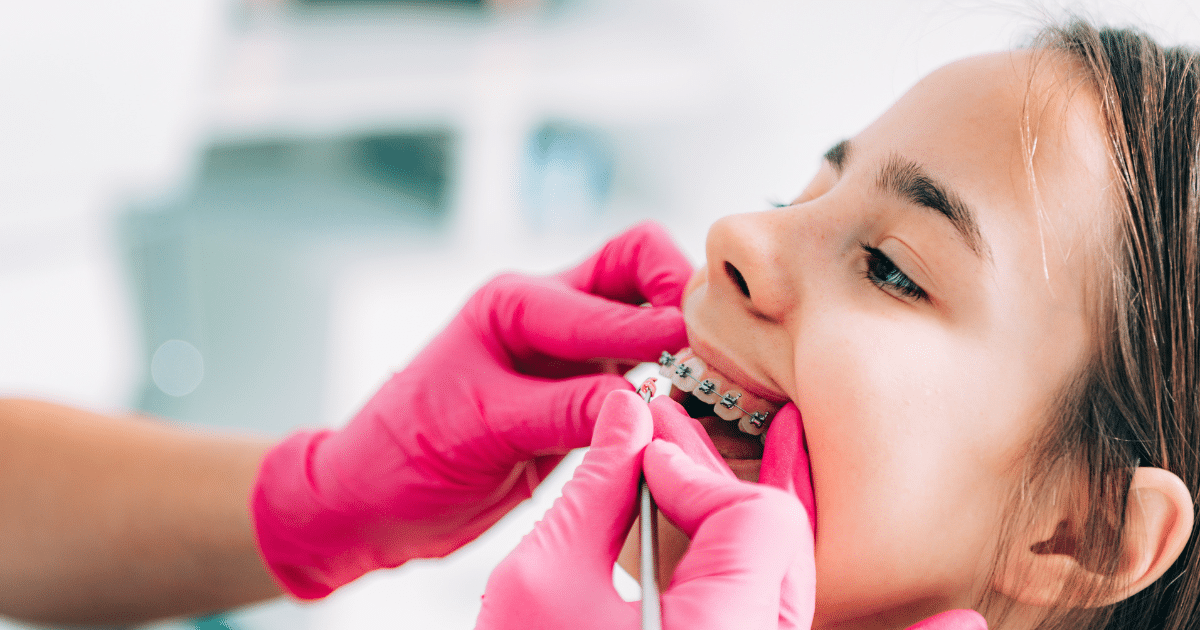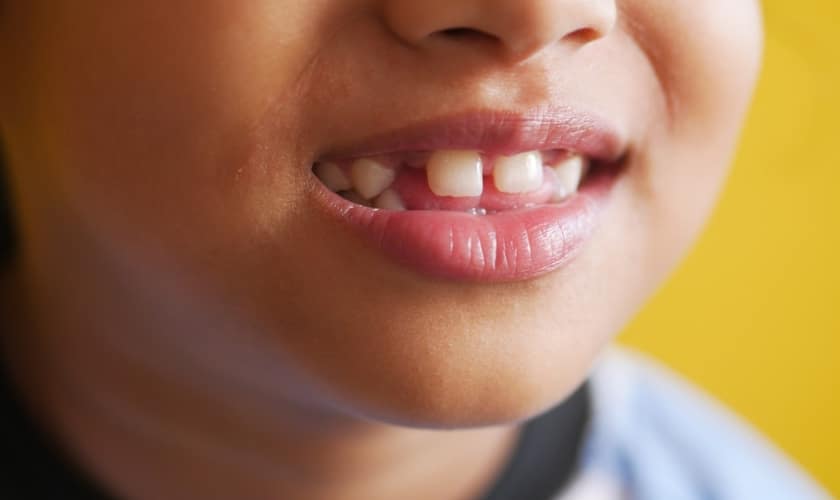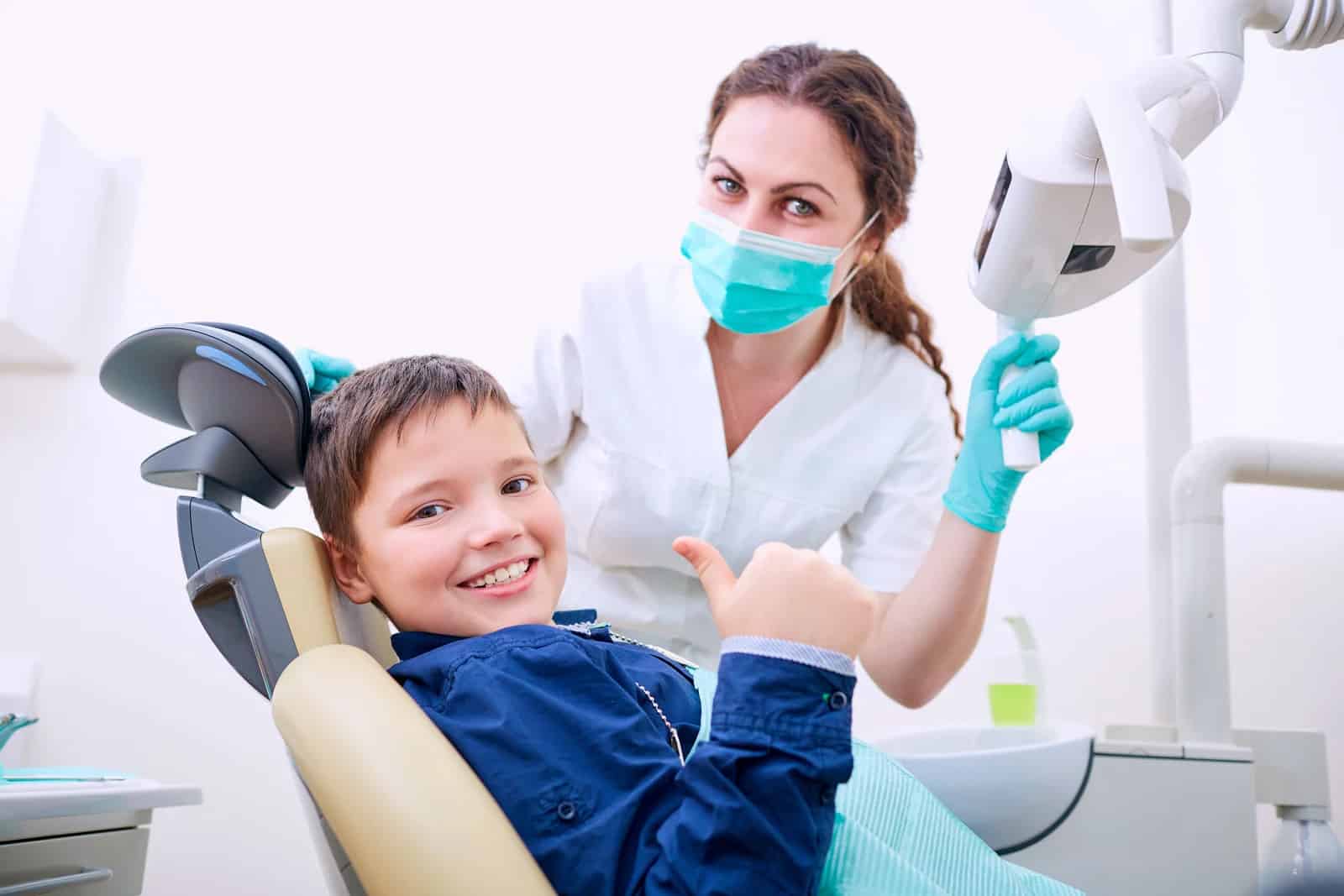Book now

When to Consider Orthodontics for Your Child: Signs and Benefits

When to Consider Orthodontics for Your Child: Signs and Benefits
As a parent, prioritizing your child’s health and well-being is essential. Oral health plays a significant role in this, particularly when it comes to the development of their teeth and jaw. Many children experience issues with the alignment of their teeth, which is where orthodontics can step in to make a difference. Deciding the right time to seek orthodontic treatment for your child might feel overwhelming, but identifying key signs can make it easier.
In this blog, we’ll explore when to consider orthodontic care for your child, how to recognize the signs, and the benefits orthodontic treatment provides.
Signs That Indicate Your Child Might Need Orthodontics
Recognizing early indicators of orthodontic issues is essential for addressing potential problems before they worsen. Many dental experts recommend an initial orthodontic evaluation by age seven. However, there are various signs you can look out for even before this.
Crowded or Overlapping Teeth
If your child’s teeth appear crowded or overlap, it could suggest a lack of space in their jaw. This may lead to complications with their bite and overall oral function, which orthodontic treatment can help correct. By addressing crowding early on, you can prevent more severe issues from developing as permanent teeth come in.
Difficulty Chewing or Biting
Children who struggle with chewing their food or biting properly may have an underlying orthodontic problem. Misaligned teeth or an improper bite could be causing discomfort, and early intervention can make eating more comfortable while promoting better oral function.
Mouth Breathing
While mouth breathing can sometimes be caused by allergies or nasal issues, it can also signal a developmental concern with the jaw or palate. If you notice your child frequently breathes through their mouth, even when not congested, it may be worth investigating further with a pediatric dentist or orthodontist.
Speech Problems
Difficulty with certain speech sounds or a lisp can be a sign that orthodontic treatment is necessary. The position of the teeth and jaw can influence speech development, and correcting these issues can have a positive impact on both speech and confidence.
Early or Late Loss of Baby Teeth
Losing baby teeth too early or too late can disrupt the natural eruption of permanent teeth. This can lead to misalignment or overcrowding as adult teeth emerge. Monitoring your child’s tooth loss and eruption patterns will help determine if orthodontics are needed to guide their development.
Thumb Sucking Beyond Age Four
Thumb sucking is common in young children, but if the habit continues beyond age four, it can begin to affect the alignment of their teeth and jaw. Orthodontic treatment can address any damage caused by prolonged thumb sucking, ensuring proper dental development.
The Benefits of Early Orthodontic Treatment
Seeking orthodontic care at the right time offers numerous benefits, particularly when problems are identified and addressed early. Here are some of the key advantages:
Prevents More Severe Problems
One of the most significant benefits of early orthodontic treatment is that it can prevent more severe dental and jaw problems later in life. By addressing alignment issues early, you reduce the risk of needing more complex procedures as your child gets older. Early intervention can guide jaw growth, allowing permanent teeth to come in more smoothly.
Improves Oral Health
Misaligned teeth can be harder to clean, which can lead to a buildup of plaque and increase the risk of cavities and gum disease. Orthodontic treatment not only straightens teeth for a beautiful smile but also makes it easier for your child to maintain good oral hygiene.
Boosts Self-Esteem
A crooked or misaligned smile can make children feel self-conscious, affecting their confidence. Early orthodontic care can correct these issues, giving your child a smile they can feel proud of. A healthy, straight smile can significantly boost your child’s self-esteem as they grow and interact with others.
Enhances Bite and Chewing Efficiency
Correcting bite issues through orthodontic treatment ensures that your child’s teeth meet properly when chewing. This can make eating more comfortable and improve digestion by allowing food to be chewed thoroughly. A proper bite also reduces the risk of wearing down teeth unevenly over time.
Speech Improvement
As mentioned earlier, some speech problems can stem from misaligned teeth or jaws. Correcting these issues early on can improve speech clarity, which can help your child communicate more effectively and feel more confident in social situations.
When Is the Best Time to Start Orthodontic Treatment?
Knowing the right time to start orthodontic treatment can depend on various factors, including the specific issue your child is facing and their stage of dental development. Here are some key considerations:
Age Matters, but Timing Is Individual
While many orthodontists recommend an evaluation by age seven, not all children will need treatment at this time. Each child’s development is different, and the right time to start treatment can vary. Some children may benefit from early intervention, while others may not require orthodontics until their teen years.
Two-Phase Treatment
In some cases, orthodontists may recommend a two-phase treatment plan. The first phase typically involves guiding the growth of the jaw and making room for permanent teeth. The second phase, usually during adolescence, focuses on aligning the teeth and bite. This approach can be especially beneficial for children with significant jaw growth issues or severe misalignment.
Monitor Their Development
Keeping a close eye on your child’s dental development is crucial. Regular check-ups with your pediatric dentist can help identify any concerns early on. If your child shows signs of needing orthodontics, your dentist can refer you to an orthodontist for a more in-depth evaluation.
What to Expect During Orthodontic Treatment
Orthodontic treatment can be a long-term commitment, depending on the complexity of the issues being addressed. Here’s a general idea of what you and your child can expect:
Consultation and Evaluation
The process starts with an initial consultation and a thorough evaluation. The orthodontist will take X-rays, photos, and impressions of your child’s teeth to develop a treatment plan tailored to their needs.
Types of Orthodontic Appliances
There are various types of appliances used in orthodontic treatment, from traditional metal braces to clear aligners. Your orthodontist will suggest the most suitable option based on your child’s specific needs.
Adjustments and Monitoring
Throughout the treatment, regular check-ups are required to ensure the appliances are working correctly and making progress. Your orthodontist will adjust the braces or aligners as needed and monitor the development of the teeth and jaw.
Retention Phase
After the active phase of treatment is complete, your child will likely need to wear a retainer to maintain their new smile. Retainers help keep the teeth in their new positions as the jaw continues to grow and develop.
Orthodontic treatment can significantly impact your child’s oral health, boost their confidence, and improve their overall well-being. By recognizing the signs early and seeking care at the right time, you can give them the best start to a lifetime of healthy smiles.
If you’re unsure about whether your child may need orthodontics, it’s a great idea to consult a pediatric dentist in Tinley Park who can help you determine the best course of action for your child’s dental health.







